Ever wonder how some animals can survive the harshest conditions while others struggle? It’s not just luck; it’s all about those killer instincts. These natural behaviors allow them to hunt effectively, evade predators, and thrive in environments where others might fail. In this listicle, we’ll introduce you to 14 animals with incredible survival instincts. By the end, you’ll have a newfound respect for the adaptability and tenacity of the animal kingdom.
1. African Lion
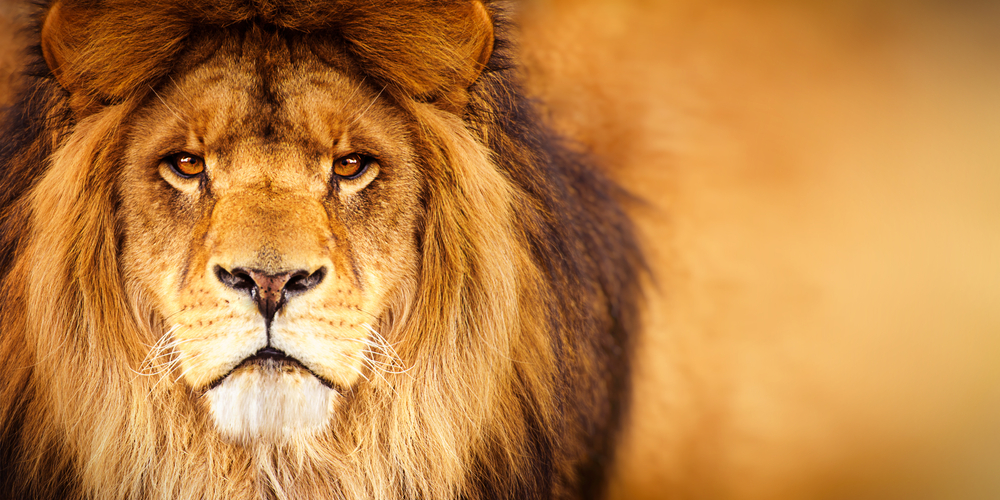
The African lion is often dubbed the king of the jungle for a reason. These magnificent predators are equipped with sharp claws and powerful jaws that make them efficient hunters. Their instinctive ability to work as a team during hunts increases their success rate significantly. According to Dr. Craig Packer, a renowned lion researcher, their social structure is a key factor in their survival. Lions rely heavily on this cooperative behavior, allowing them to take down prey much larger than themselves.
Lions also have a keen sense of territory. They mark their ranges with scent markings and roar loudly to warn intruders. This territorial instinct not only protects their hunting grounds but also ensures the safety of their pride. They fiercely defend their cubs, ensuring the continuation of their bloodline. With such a well-rounded set of survival tactics, it’s no wonder lions are apex predators.
2. Great White Shark
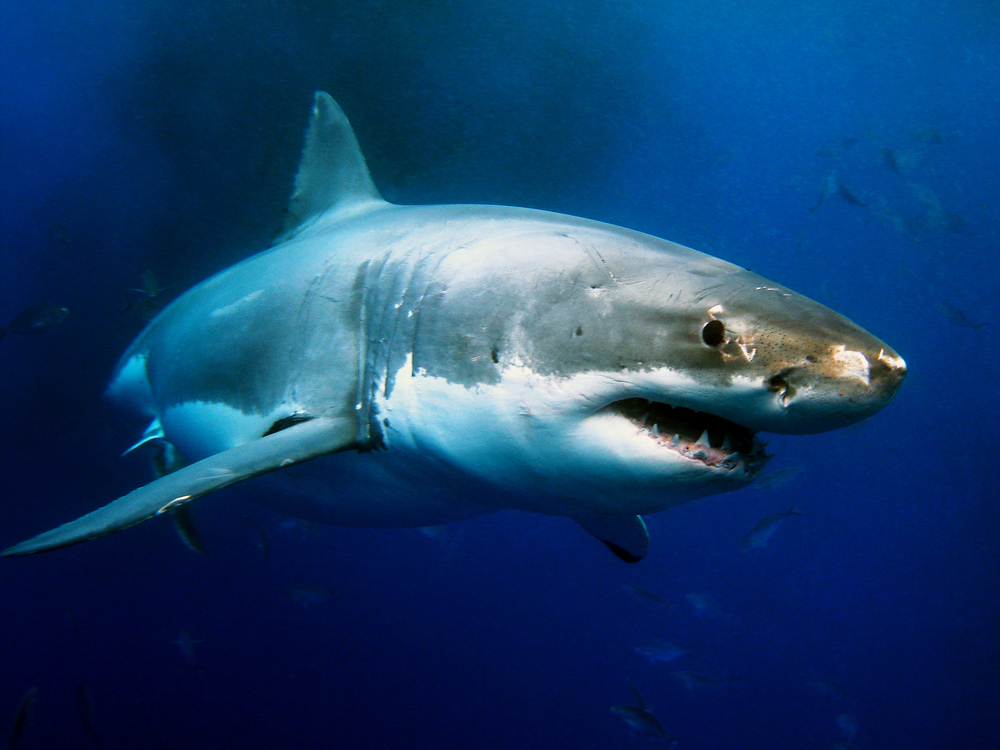
Great white sharks are perhaps one of the ocean’s most feared predators, and for good reason. Their killer instincts are honed by millions of years of evolution, making them incredibly efficient hunters. With their highly developed sense of smell, they can detect a drop of blood in the water from miles away, drawing them to their next meal. Their speed and power enable them to ambush prey with great force, often leaping out of the water in spectacular fashion. Despite their fearsome reputation, they are more curious than aggressive, often investigating objects to understand their environment better.
In addition to their hunting prowess, great whites are solitary creatures with an acute sense of territory. They often patrol specific areas, maintaining control over their hunting grounds. These sharks have minimal natural predators, giving them an edge in the survival game. However, they are vulnerable to threats such as overfishing and habitat loss, making conservation efforts crucial. Understanding their role in the ocean ecosystem helps us appreciate their incredible instincts and the need to protect them.
3. Peregrine Falcon
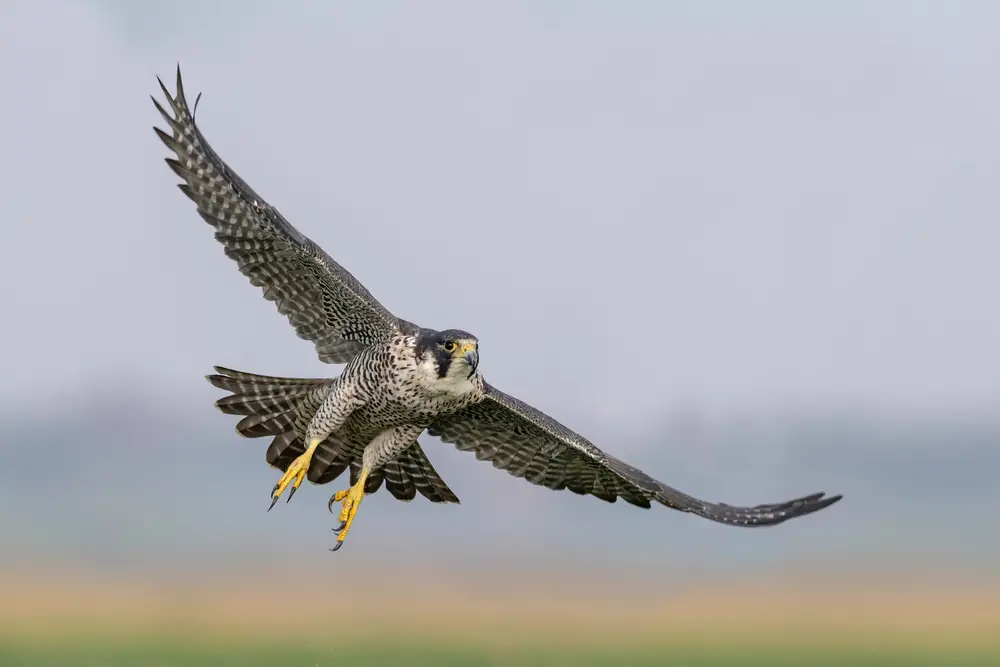
The peregrine falcon is renowned for its speed, often reaching over 240 mph during its signature hunting stoop (a high-speed dive). This speed allows them to catch other birds mid-flight, showcasing their exceptional hunting skills. Their keen eyesight is their primary weapon, enabling them to spot prey from a distance. According to a study by Dr. Almut Kelber, a vision expert, peregrine falcons have one of the most advanced visual systems in the animal kingdom. This ability is crucial for survival, giving them a significant advantage over other birds.
Besides their hunting prowess, peregrine falcons are incredibly adaptable. They can thrive in diverse environments, from coastal cliffs to urban skyscrapers. This adaptability is a testament to their killer instincts, allowing them to exploit various habitats. Their impressive recovery from near extinction, due to DDT poisoning, is a testament to their resilience and adaptability. Conservation efforts have helped boost their numbers, allowing these formidable hunters to continue dominating the skies.
4. Komodo Dragon
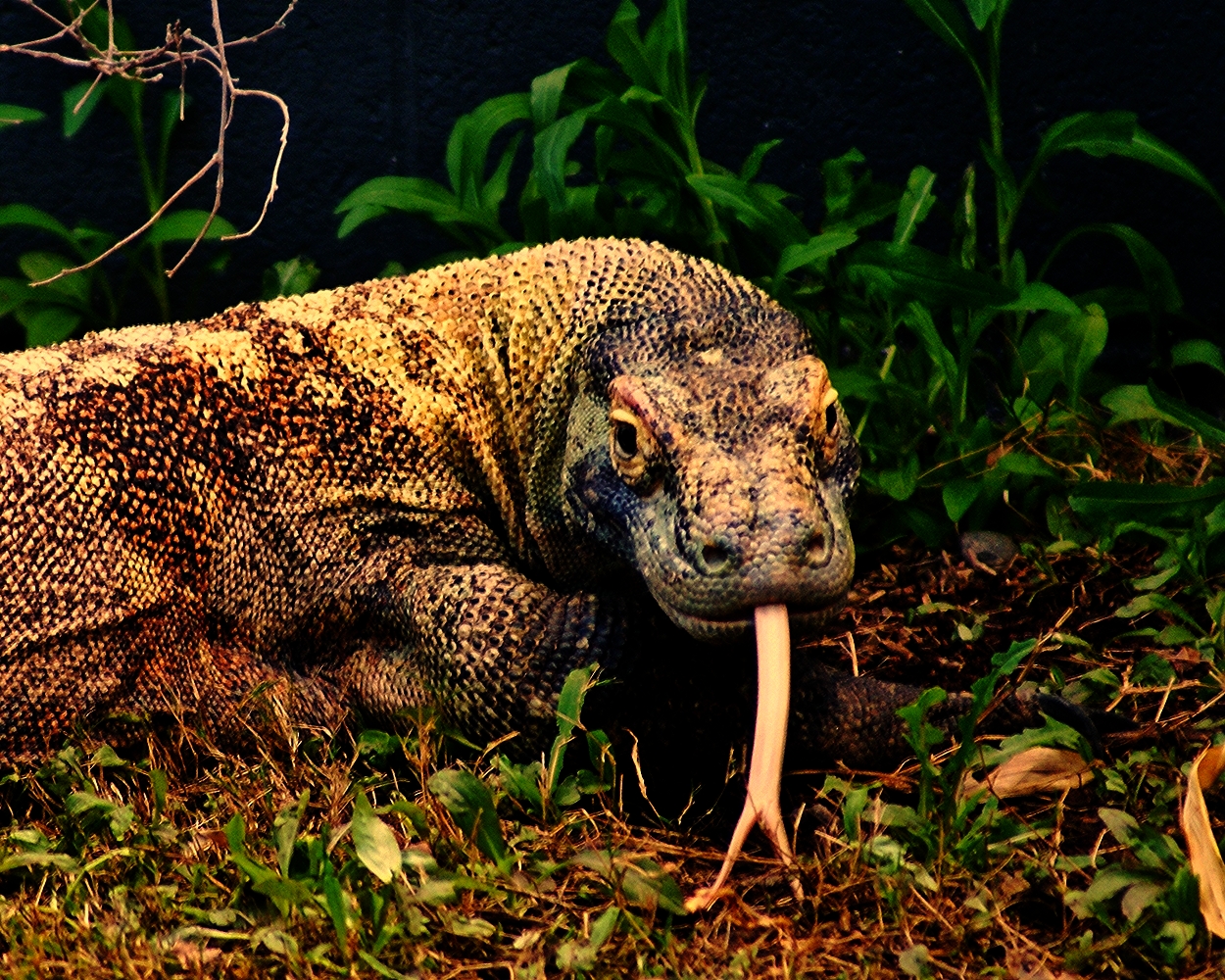
Komodo dragons are the largest living lizards, and their size alone gives them a significant edge in survival. Native to Indonesian islands, they are apex predators, known for their powerful bite and toxic saliva. Their killer instinct is evident in their hunting strategy, which involves ambushing prey and delivering a bite loaded with bacteria. This bacteria weakens the victim, making it easier for the dragon to track it down and finish the job. Komodo dragons have a well-honed sense of smell, allowing them to detect carrion from miles away.
Their instincts are not limited to hunting; they are also adept at defending their territory. They are solitary creatures, often engaging in aggressive displays when threatened. This territorial behavior ensures they maintain control over their domain and access to resources. Despite their formidable reputation, Komodo dragons face threats from habitat loss and human activities. Understanding their behavior and habits is essential for conserving these unique reptiles.
5. Cheetah
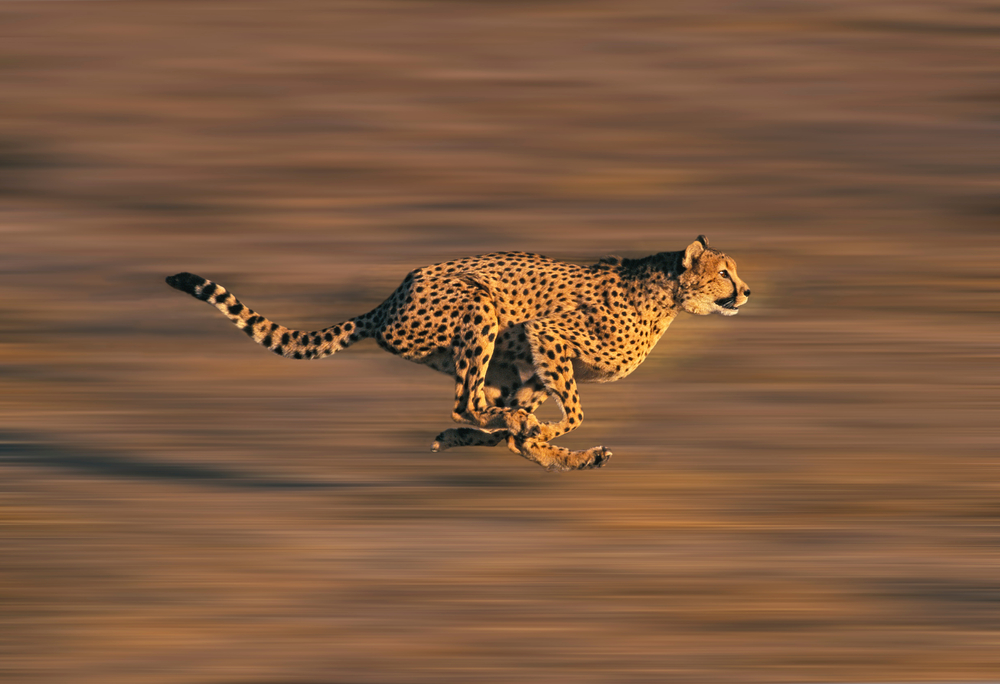
Cheetahs are the fastest land animals, capable of reaching speeds up to 70 mph. Their killer instinct lies in their incredible speed and agility, allowing them to outrun and catch prey with ease. Unlike other big cats, cheetahs rely on sight rather than smell to hunt, making them diurnal hunters. Dr. Laurie Marker, founder of the Cheetah Conservation Fund, notes that their success rate is higher during daylight when they can fully utilize their vision and speed. This adaptation helps them avoid competition with other nocturnal predators.
In addition to their speed, cheetahs have a unique social structure. They often form small groups, usually siblings, to increase their chances of survival. This social behavior helps them defend their territory and share resources. However, cheetahs are vulnerable to habitat loss and human-wildlife conflict, putting their survival at risk. Efforts to protect their habitats and promote coexistence with humans are critical for their future.
6. Polar Bear
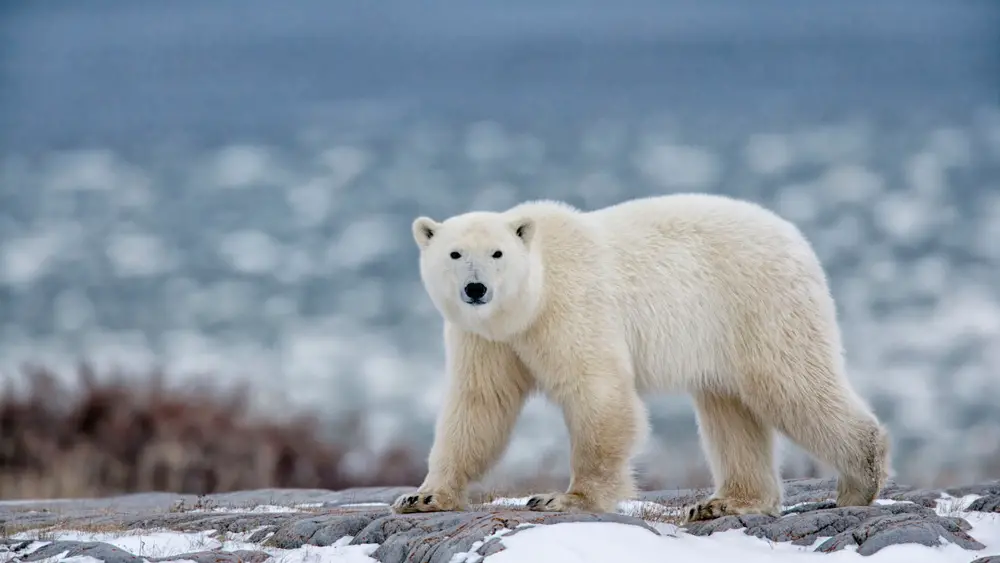
Polar bears are the ultimate survivors of the Arctic, with instincts finely tuned to their icy environment. Their thick fur and layer of fat provide insulation against the freezing temperatures, while their large paws help them navigate across ice and snow. Polar bears have a keen sense of smell, allowing them to detect seals, their primary prey, from miles away. This ability is crucial for finding food in the vast, barren Arctic landscape. Their survival instincts are not just about hunting but also about conserving energy in a region where food can be scarce.
In addition to their physical adaptations, polar bears are also highly intelligent. They use this intelligence to devise hunting strategies and navigate their challenging environment. Their ability to adapt to changing conditions is vital, especially with the ongoing threat of climate change. As sea ice melts, polar bears must travel longer distances in search of stable ice and food. Understanding their behavior and needs is essential for their conservation.
7. Saltwater Crocodile

Saltwater crocodiles are one of the most formidable predators on the planet, equipped with incredible strength and stealth. These reptiles can grow over 20 feet long, and their powerful jaws can crush even the toughest prey. Their killer instinct is evident in their ambush hunting style, where they patiently wait for the perfect moment to strike. Dr. Grahame Webb, a crocodile expert, highlights their ability to remain motionless for hours, conserving energy while lying in wait. This patience and precision make them highly effective hunters.
Crocodiles also have an acute sense of survival, able to live in both freshwater and saltwater environments. This versatility allows them to exploit a wide range of habitats and resources. Their protective instincts are strong, particularly when it comes to their young. Female crocodiles carefully guard their nests and assist hatchlings to the water, ensuring the next generation’s survival. Despite their fearsome reputation, they play a crucial role in their ecosystem as top predators.
8. Orca
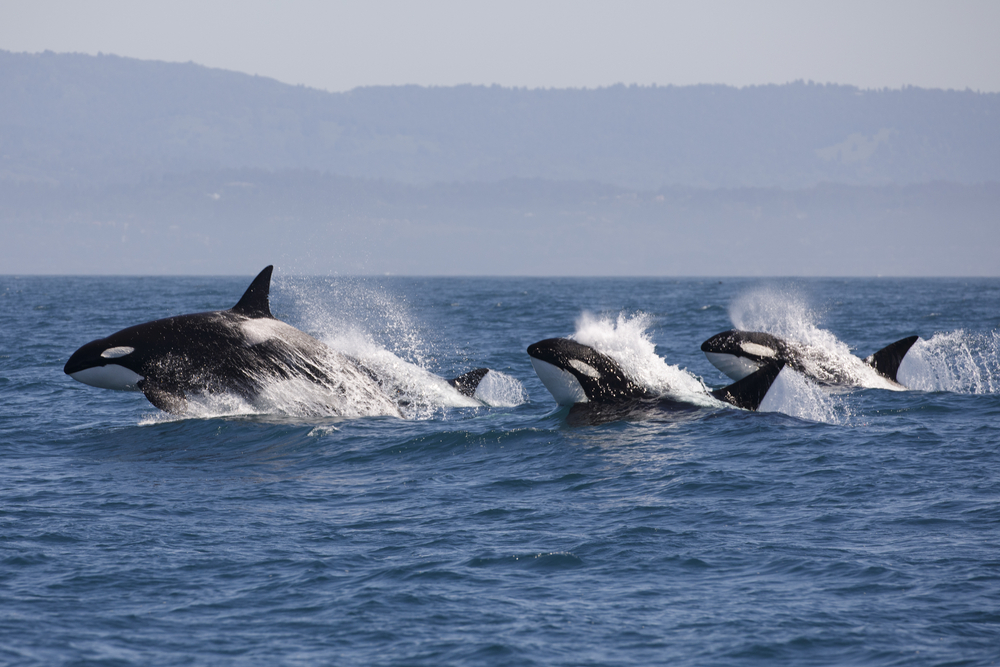
Orcas, or killer whales, are apex predators with highly developed hunting skills. Known for their intelligence and social structures, they hunt in pods using coordinated tactics. These marine mammals have diverse diets, allowing them to adapt to various environments. Their killer instinct is enhanced by their ability to communicate and strategize, making them formidable hunters. They can target different prey types, from fish to large whales, using different hunting techniques.
In addition to their hunting prowess, orcas display complex social behaviors. They form strong bonds within their pods, often staying with family groups for life. This social structure not only aids in hunting but also in raising young and defending against threats. Orcas are known for their problem-solving abilities, which they use to navigate their ever-changing environment. Understanding their behavior and social dynamics provides insight into one of the ocean’s most intelligent and adaptable predators.
9. Harpy Eagle

The harpy eagle is one of the largest and most powerful raptors, native to the rainforests of Central and South America. Their killer instinct is evident in their hunting skills, as they can snatch monkeys and sloths from treetops with incredible force. Their massive talons and strong legs are adapted for gripping and carrying heavy prey. Harpy eagles rely on their keen eyesight to spot potential meals from high in the canopy. This combination of strength and vision makes them top predators in their environment.
These eagles are highly territorial and solitary, often occupying large areas to ensure a steady food supply. They build their nests in tall trees, providing a safe haven for their young. Despite their formidable capabilities, harpy eagles face threats from habitat destruction and deforestation. Conservation efforts are essential to protect their habitats and ensure their survival. Understanding their ecological role highlights the importance of preserving these majestic birds.
10. Tasmanian Devil
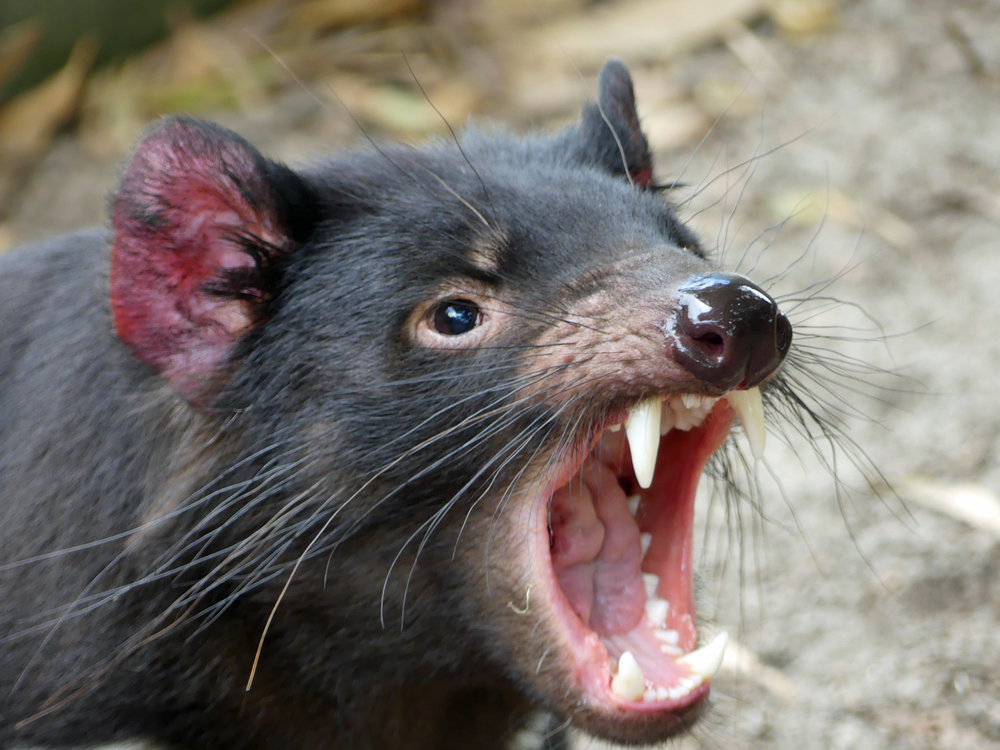
Tasmanian devils are small but fierce marsupials native to Tasmania, known for their powerful jaws and aggressive behavior. Their killer instinct allows them to scavenge effectively, consuming carrion and keeping the environment clean. Despite their size, they can take down prey much larger than themselves, thanks to their tenacity and strong bite. These nocturnal hunters rely on their keen sense of smell and hearing to locate food. Their adaptability to various environments helps them survive in the wild.
In addition to their hunting abilities, Tasmanian devils have developed a unique means of communication. They use vocalizations, such as growls and screams, to establish dominance and warn others. This behavior helps them maintain social order and reduce conflict. Unfortunately, Tasmanian devils are threatened by a contagious cancer known as devil facial tumor disease. Conservation efforts are focused on breeding programs and disease research to protect this iconic species.
11. Snow Leopard
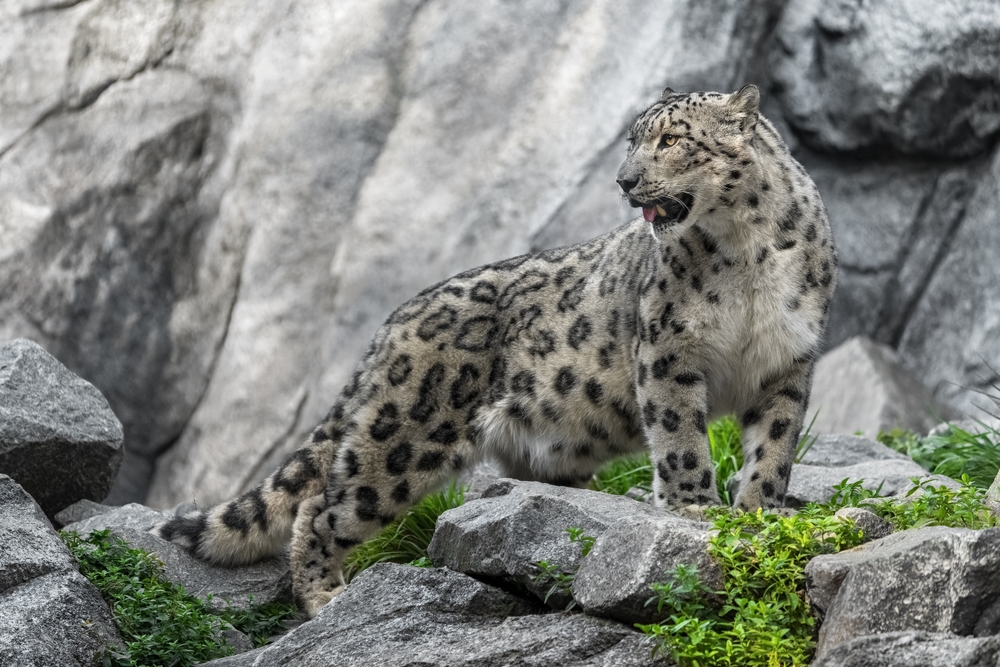
Snow leopards are elusive big cats native to the mountains of Central and South Asia, known for their stealth and agility. These solitary hunters have killer instincts finely tuned to their harsh environment. Their thick fur and long tail provide insulation against the cold, while their powerful legs allow them to traverse rugged terrain. Snow leopards rely on their keen eyesight and hearing to locate prey, often stalking them for hours before striking. Their ability to blend into their surroundings makes them effective ambush predators.
These big cats are also highly territorial, often marking their range with scent markings and vocalizations. This territorial behavior helps them secure hunting grounds and resources. Despite their adaptability, snow leopards face threats from poaching and habitat loss. Conservation efforts are crucial to protect their habitats and ensure their survival. Understanding their behavior and ecology is key to preserving these magnificent creatures.
12. Praying Mantis

Praying mantises are masters of camouflage and patience, using their killer instincts to catch prey with lightning-fast precision. These insects rely on their excellent eyesight to detect movement, allowing them to strike with deadly accuracy. Their forelegs are adapted for grasping and holding prey, giving them an edge in the insect world. Praying mantises are ambush predators, often remaining motionless for hours before launching a surprise attack. This patience and precision make them highly effective hunters.
In addition to their hunting skills, praying mantises have a unique reproductive behavior. Females are known to cannibalize males after mating, a behavior that may provide nutritional benefits. This aspect of their survival strategy ensures the female has enough energy to produce healthy offspring. Despite their fearsome reputation, praying mantises play a crucial role in controlling insect populations. Understanding their behavior enhances our appreciation for these fascinating insects.
13. Bengal Tiger
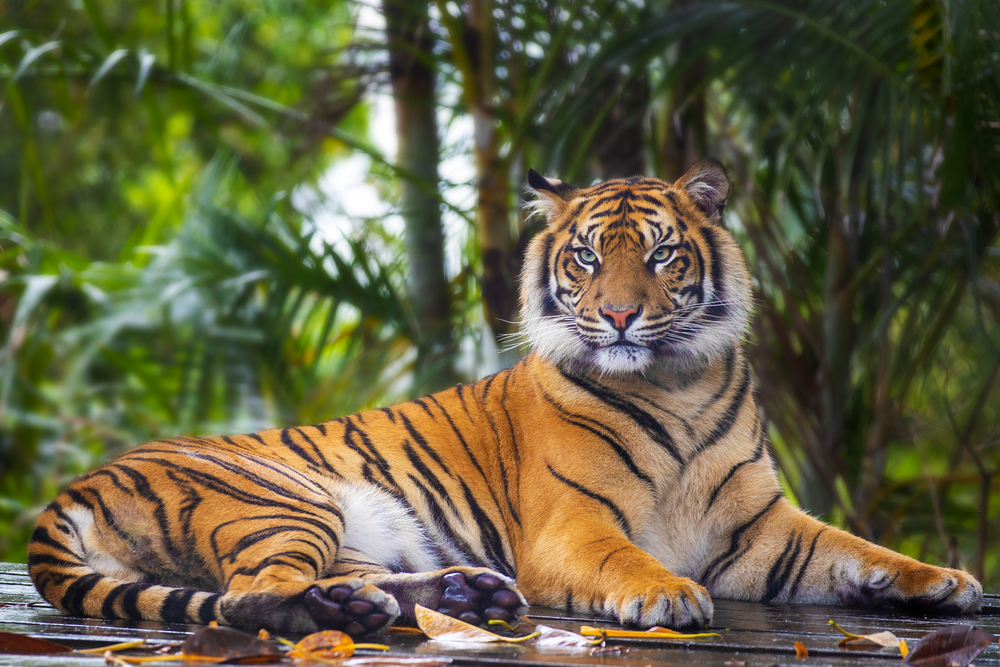
Bengal tigers are powerful predators native to the forests of India and Bangladesh, known for their strength and stealth. Their killer instinct is evident in their ability to take down large prey such as deer and wild boar. These solitary hunters rely on their excellent camouflage and patience to stalk prey before launching a surprise attack. Their powerful legs and sharp claws allow them to bring down prey with ease. Bengal tigers are highly territorial, often marking their range with scent markings and vocalizations.
In addition to their hunting prowess, Bengal tigers are highly adaptable. They can thrive in various environments, from tropical forests to mangrove swamps. This adaptability is crucial for their survival, especially in the face of habitat loss and human-wildlife conflict. Conservation efforts are focused on protecting their habitats and promoting coexistence with humans. Understanding their behavior and ecology is essential for the conservation of these majestic big cats.
14. Anaconda
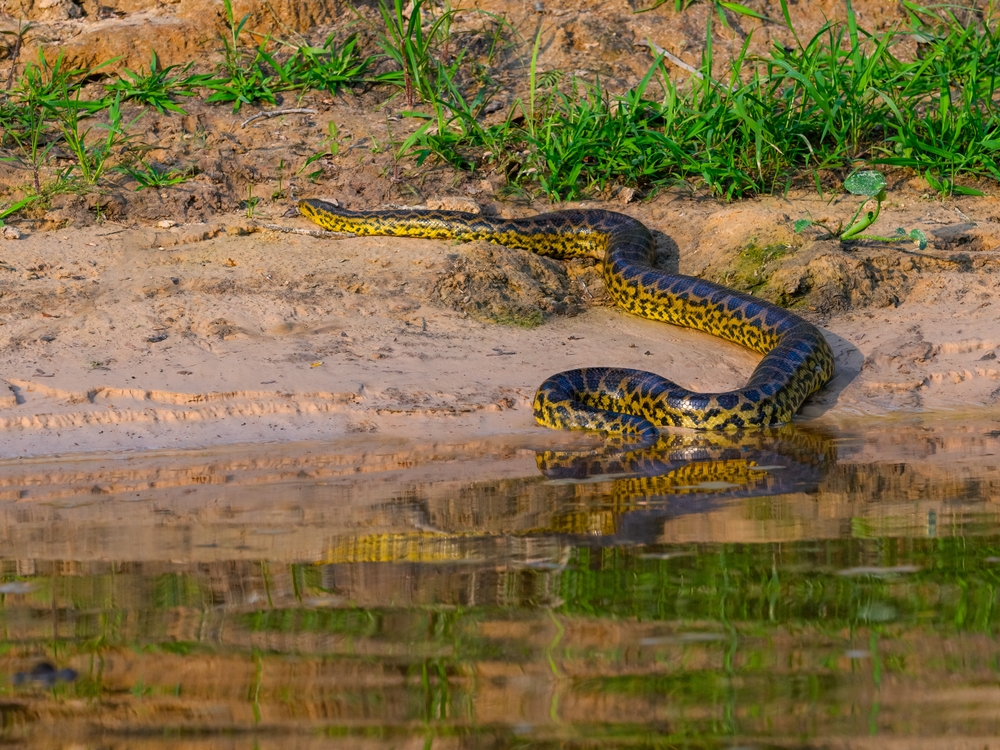
Anacondas are among the largest snakes in the world, known for their constricting power and aquatic lifestyle. Their killer instinct is evident in their ability to ambush prey, often lying in wait in water before striking. These snakes rely on their strong muscles to constrict and subdue prey, which can include a variety of animals, from fish to large mammals. Anacondas have a keen sense of smell, helping them locate potential meals in their murky habitats. Their ability to hold their breath underwater gives them an advantage in their aquatic environment.
In addition to their hunting skills, anacondas have a unique reproductive behavior. Females often give birth to live young, which are fully independent from birth. This reproductive strategy increases the chances of survival for the next generation. Despite their fearsome reputation, anacondas play a vital role in controlling prey populations in their ecosystem. Understanding their behavior and role highlights the importance of conserving these impressive reptiles.
